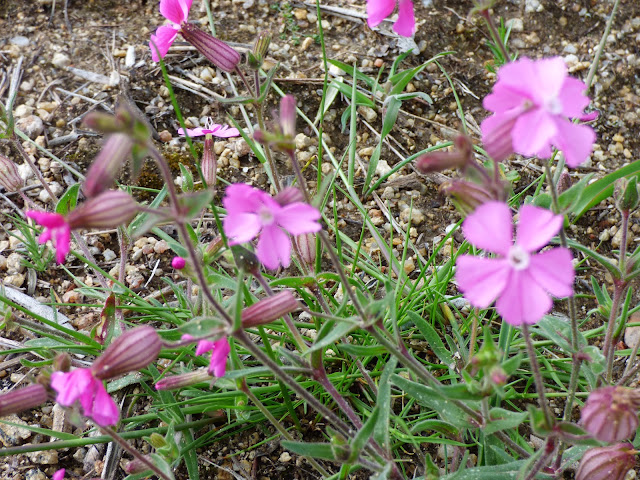Brookwood....I just happened to be staying within a short walk of this iconic cemetery in leafy Surrey. There were echoes of the legendary Victorian London Necropolis in my mind, especially the train which was designated to take the dead from a special station near Waterloo to their final resting place at Brookwood, on a branch line from Woking. According to the strict rules of Victorian society the coffins and mourners were segregated according to their class and buried in different areas of the vast cemetery.
In the 1850s London was under siege from yet another cholera outbreak, the population had doubled since the beginning of the century, slums developed to house the ever increasing urban poor, cholera exploded, not only affecting the poor but all classes in teeming London. The numbers of dead simply had nowhere to go in the limited small parish churchyards of London.
A 2000 acre estate in Surrey was acquired from the Onslow family, planned meticulously as the London Necropolis, landscaped by gardeners from Kew with giant sequoias and fragrant bushes to accommodate the London dead for the next 500 years.In 1854 it was the largest cemetery in the world.
Today Brookwood has an appropriately haunting atmosphere, one walks through the silent avenues of now magnificent trees, sees the scattered Victorian graves and mausoleums among the ferns and undergrowth but it seems to have reached a dead end as it were, no new burials for a long time, forgotten graves with gravestones leaning haphazardly.
However, the areas of the cemetery dedicated to non Christian burials such as Muslim, Zoroastrian and other religions still have many visits and tributes, flowers, incense, balloons. I found myself wandering back to the neglected graves of Victorian and Edwardian worthies, only they could afford a headstone or monument. The vast numbers of London poor were at least buried in an individual graves instead of the traditional mass pauper grave but there were no markers, just anonymous mounds, perhaps that's why the cemetery feels so sparsely populated with only the more solid gravestones still in evidence.
However, the areas of the cemetery dedicated to non Christian burials such as Muslim, Zoroastrian and other religions still have many visits and tributes, flowers, incense, balloons. I found myself wandering back to the neglected graves of Victorian and Edwardian worthies, only they could afford a headstone or monument. The vast numbers of London poor were at least buried in an individual graves instead of the traditional mass pauper grave but there were no markers, just anonymous mounds, perhaps that's why the cemetery feels so sparsely populated with only the more solid gravestones still in evidence.




























































